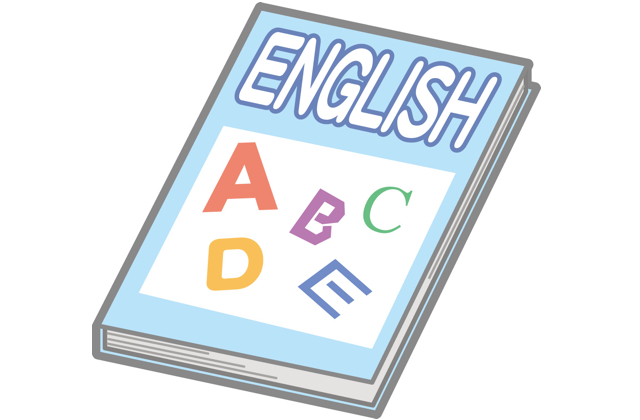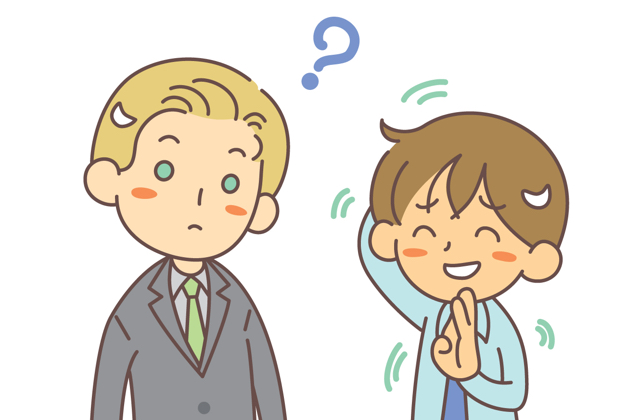TRG Info and Advice
Japan’s Love-Hate Relationship with English
Google is flooded with requests for advice on traveling in Japan, with many searches wondering how easy it is to get by with little or no Japanese language experience. Well, it depends on where you want to travel in Japan, and how gifted you are in the art of gesturing!
With the approach of the 2020 Tokyo Olympics, big cities in Japan are making concentrated efforts to improve their accessibility for non-Japanese speakers, and lucky for us native English speakers, nearly 100% of these improvements include English. Chinese (Mandarin), Korean, Portuguese and Spanish are also at the top of the list, so if you are fluent in any of those languages, you will be set, as well.
ISO (the International Organization for Standardization) symbols are also being implemented (amid opposition for changing the traditional Japanese onsen symbol) to make non-verbal communication smoother. With these internationally recognized images, finding public restrooms, WI-FI connections, first-aid and other travel essentials, will be a breeze!
If you are planning to head out into the countryside, however, preparing yourself with a few choice phrases, cards printed in Japanese with your desired destinations, and maps will not only save you some trouble, it will pave the way for a more satisfying and complete travel experience. Is there a better way to immerse yourself in a culture than through its language?
That said, Japanese people study English in school for a minimum of three years. Some have six years of formal instruction, and those who have attended university may have up to ten or more years of English exposure! What does this mean for the clueless traveler? Well, it means that if you speak slowly and clearly, using elementary vocabulary and short sentences, many Japanese locals, even in remote locations, may be able to understand and assist you. Some may even shock you with their fluency and willingness to communicate!
If you fail to encounter a friendly language assistant, though, try writing it down. Again, simple sentences with a focus on the main point you want to communicate are your best bet. Write in easily legible print, and your chances of being understood by even the most remotely and stubbornly located B&B obaachan (grandmother-figure) will be greatly improved.
“With three to ten years of formal instruction, why isn’t everyone near-fluent?” you may wonder. While there are many Japanese who embrace English for its various charms, including directness in communication and the plethora of excellent music and movies, there are an equal number of people who find it a big pain. Included on school entrance examinations from high school on up, the task of acquiring at least a minimal proficiency of the English language sends middle-schoolers and those who want to continue their education fleeing to cram schools. Teaching methods, however, tend to focus on passing the tests rather than communicating with foreigners in trouble, so there’s that.
Culturally, the Japanese people have a tendency toward shyness, too, especially when meeting someone (foreign!) for the first time. Combine that shyness with a fear of making mistakes, and a history of formal instruction that focuses on reading and writing versus actually communicating, and you can easily see how even intelligent and gregarious people might develop an aversion to speaking English.
Japan’s Ministry of Education is aware of this problem and trying to do something about it. By lowering the formal instruction of English to elementary school 5th and 6th grades, it is hoping to introduce a more communication-based method, before the pressures of middle and high school where English is taught as an actual subject. As the development of any language tends to follow a basic mastery pattern of listening, speaking, reading and writing, starting out with lessons that focus on the first two stages makes sense. Pre-teens get a curriculum where they have to develop a self-introduction routine, present imaginary travel plans, and open mini-markets with originally designed goods, all in English!
As students get older, attempting to measure their proficiency with English exams that test not only reading and writing skills, but listening, speaking and communication abilities can help them gain more practice and confidence in their English skills. Tests like the popular, but mostly known only in Japan, EIKEN (formulated by the Society for Testing English Proficiency) are being challenged to include more speaking sections in their exams. Of course, the internationally recognized TOEFL and TOEIC are also great chances to measure and improve English communication!
The National Center for University Entrance Examinations recently announced it would be raising the bar for English proficiency starting in 2020. Eight exams administered by private companies were highlighted as acceptable for their ability to measure listening, speaking, reading and writing in one shot. Among these are the above mentioned three, as well as the TEAP (Test of English for Academic Purposes) and the GTEC (Global Test of English Communication).
In other language assessment news, The Partnership for 21st Century Skills (P21) has developed an extensive map for language acquisition that identifies three new modes for global communication. These goals are Interpersonal (focusing on oral or written communication to negotiate meaning), Interpretive (gauging meaning through listening and reading) and Presentational (written or oral communication with consideration of the impact on the audience). This revolutionary approach to language instruction could definitely benefit Japan’s education system.
With these new and exciting developments, both real and potential, and various changes underway, there is no doubt that the number of Japanese people who can walk up to foreign tourists and confidently offer assistance will steadily increase. Visitors to Japan can try to meet them half-way, though, and maybe the mutual fumbling about in a foreign language will set everyone at ease, paving the way for true friendship and communication.
Want to know more? Click here for a collection of articles on everything Japanese.








